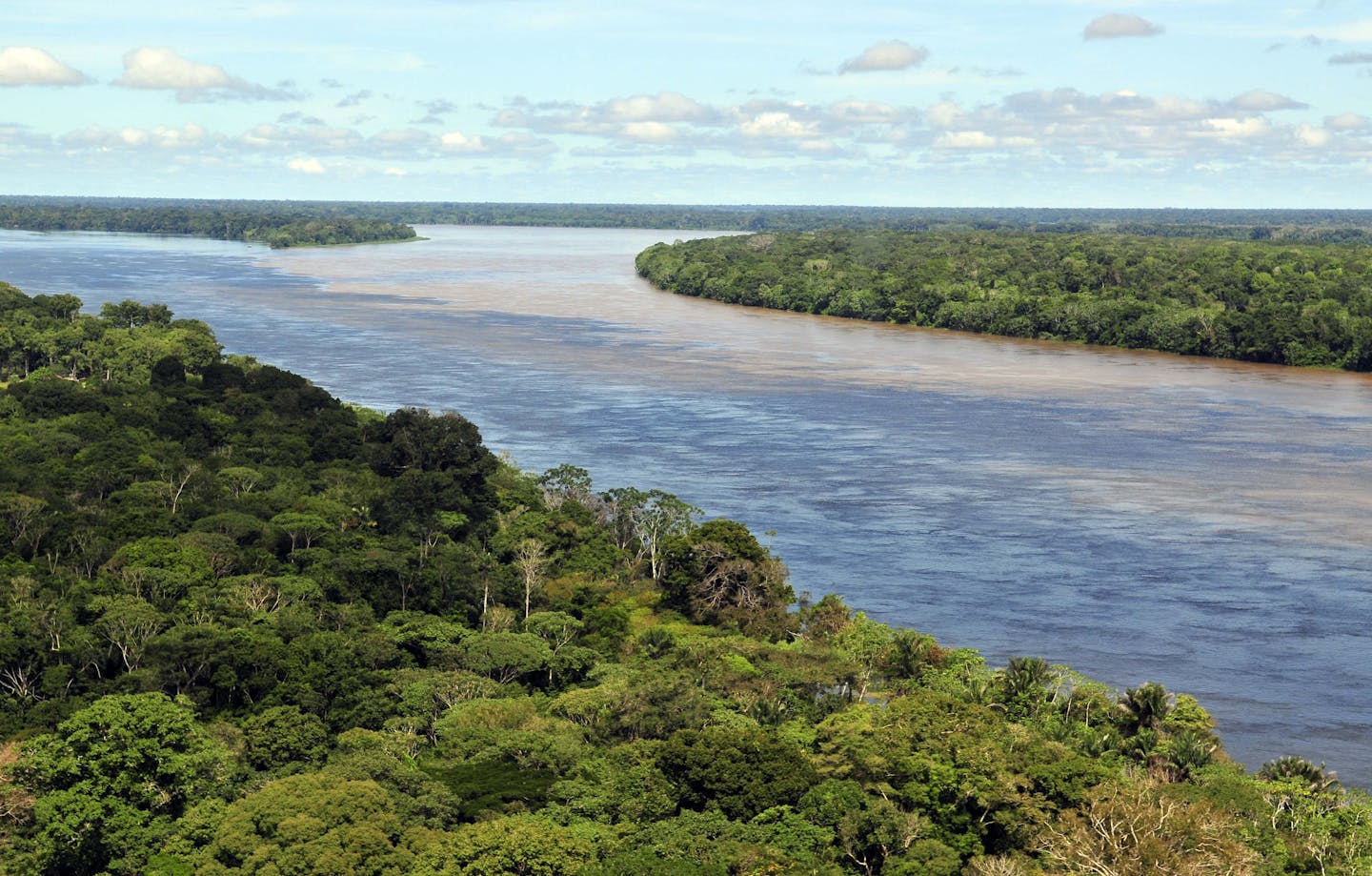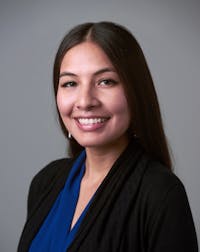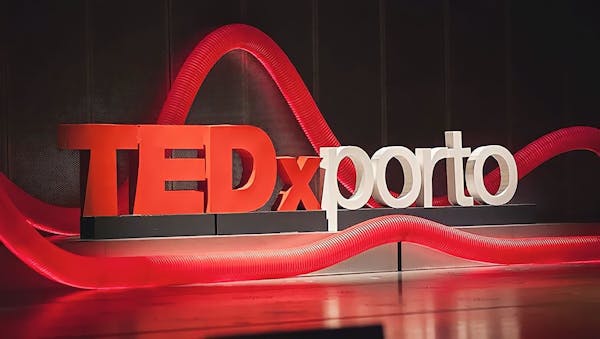Hub Culture presents: One Earth, Many Solutions
Karl Burkart, Co-founder and Deputy Director of One Earth, and Stan Stalnaker, Chief Strategy Officer and founding director of the Hub Culture Group, sit down to demystify global temperature rise and the current climate crisis. Stalnaker asks Burkart to paint the big picture for people who don’t quite understand targets like atmospheric concentration of CO2 or the important line drawn at a 1.5°C increase in global temperature.
Burkart explains that nature has its own reaction to climate change. Nature is like a country that contributes its own emissions. Previously this hasn’t been factored into climate mitigation models. The One Earth Climate Model incorporates a major buffer for likely emissions, for example from forest fires and melting permafrost. This means we have a much lower carbon budget to stay below 1.5°C.
Many climate models underestimate the speed of melting in the poles, and all the models underestimate the emissions coming out of the Arctic. One Earth is funding a paper to produce more accurate numbers of carbon dioxide and methane being emitted through natural processes like fires and permafrost thaw.
“The atmosphere,” Burkart explains, “breathes in and out like an organism.” It fluctuates, so it’s important to look at long term concentrations of CO2 and corresponding temperatures. Right now, we are at an average of about 410-415 ppm. 450 ppm would be commensurate with roughly 1.5°C of long-term temperature rise, averaged globally.
There are regional temperature differences like Australia, for example, which is already experiencing a regional average of 1.5 °C, or Antarctica which is 3°C above normal, with temperature spikes that are much higher. If we were to hit a global average temperature rise of 1.5°C, regions like Australia would be at 2°C or higher. At this point, some scientists estimate we would lose 8% of arable land, which would likely be tipping point that would, in some sense, make the world unlivable.
Just before COVID-19 broke out, Burkart got a chance to travel to Saudi Arabia for the G20 climate working group where lead scientists from International Energy Agency shared their latest number crunching and shared that the world peaked emissions in 2019. According to current climate models we need to be reducing carbon emissions by 8-10% per year in order to stop the planet from warming past 1.5°C. Emissions were already expected to gradually decrease starting in 2020, but then fell drastically due to the pandemic, which Burkart estimates will represent a drop of about 13% in 2020 from last year’s levels.
We have the technologies needed to decarbonize (the energy sector) right now, but the world seems to be waiting for someone to press the GO button. We have to start pressing that button really soon. -- Karl Burkart
Stalkner brings up the catastrophic forest fires that were happening and are continuing to happen in California and the Pacific Northwest, asking if drought was the main driver of these fires or if they are a climate change story. Both forest management and climate change have fueled the recent forest fires in California, Burkart states, creating some of the worst air quality anywhere in the world.
Bass Lake in California reached air quality levels of 492. To put that into context anything over 50 is moderate and anything over 300 is considered hazardous. Data like this is especially troubling when one considers the COVID-19 virus targets the lungs.
Karl reminds us that the Indigenous people of the region for thousands of years had methods to prevent wildfires in California, but these practices were illegalized, and then governments came in with poor forest management. Fortunately, California is now once again working with the tribes to deploy traditional forestry practices, but that’s just a start on what the State must do.
The Governor of California, Gavin Newsom, recently “CLIMATE. CHANGE. IS. REAL.” which is a great statement to make, but Karl points out that the same Governor approved thousands of permits for the oil and gas industry in just the past 18 months. So even progressive leaders need to start aligning their actions with their statements on climate change.
Stalkner asks Karl to explain biodiversity on Indigenous lands and One Earth’s Global Safety Net. According to the statistics, 80% of the world’s biodiversity is located on Indigenous lands. The Global Safety Net is the first attempt to look at all the world’s lands globally that are important biologically, either for biodiversity or for ecosystem services.
About 50.4% of the world’s land is currently acting as a harbor for biodiversity, which helps sequester and store carbon. 37% of that land is on Indigenous territory.
Explore the Global Safety Net


.jpg?auto=compress%2Cformat&h=600&w=600)

